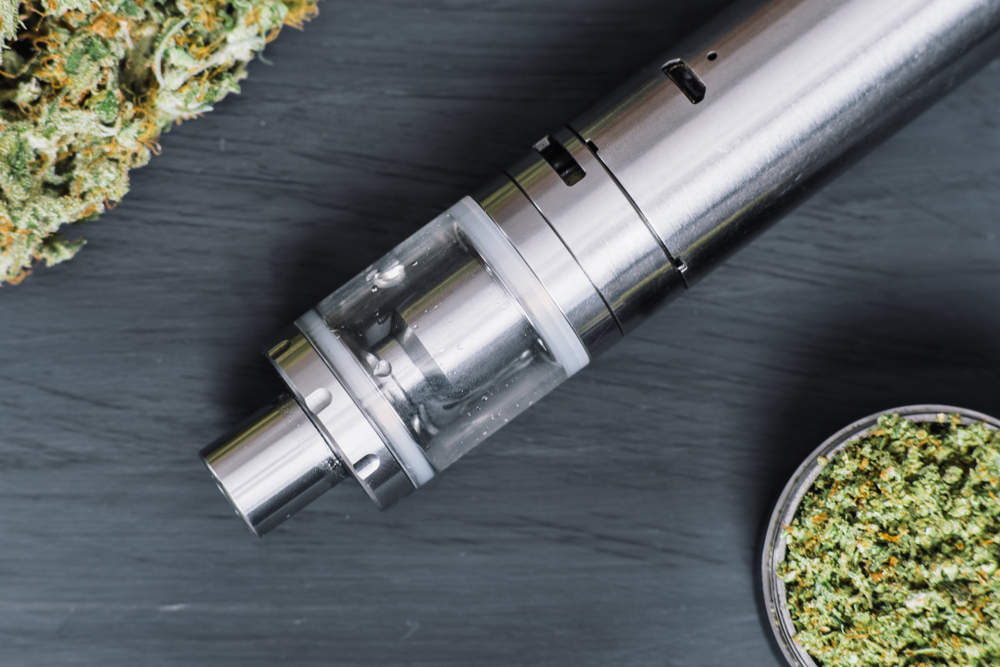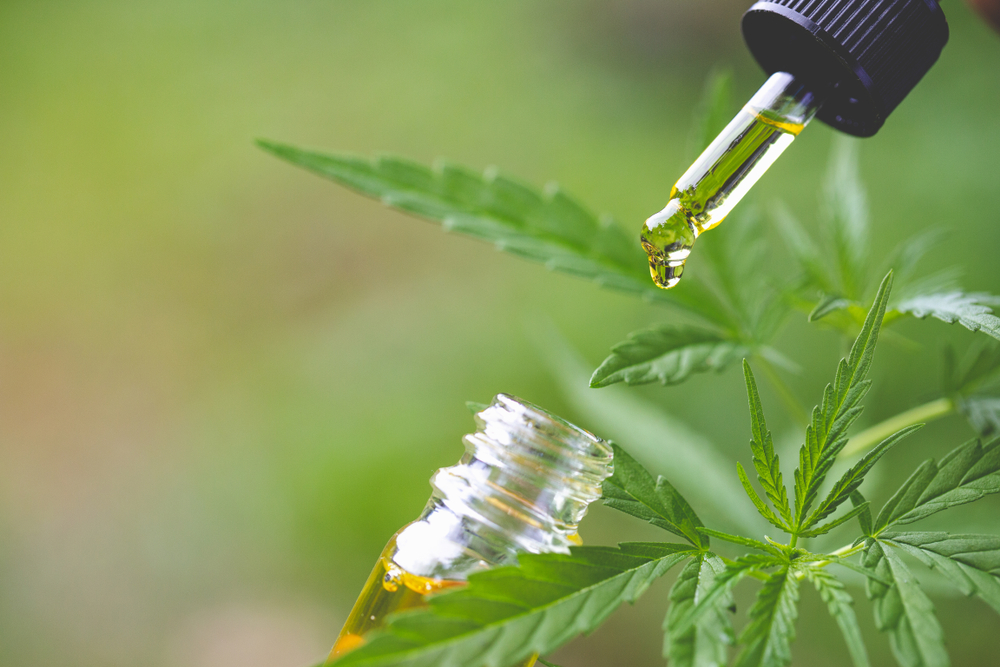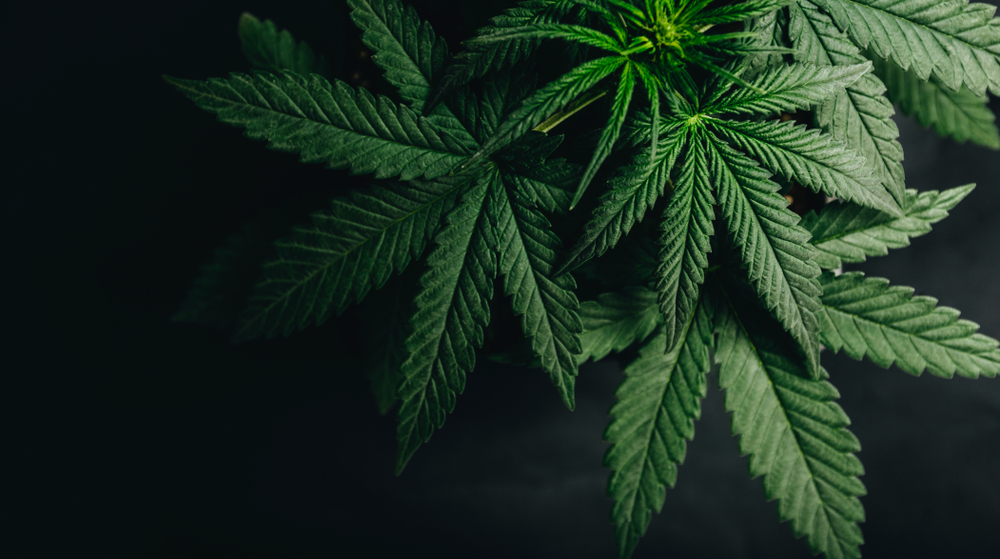Cannabis
What is Decarboxylation? – Why You Need It
Do you know what decarboxylation is all about?
It’s a shame, but these days we rarely know how a product works and how we can make it work to our advantage. Most people will smoke their joints and bowls without knowing anything about the mechanisms behind it. Many tokers might even assume that you can eat quote on quote “raw cannabis” and still feel the psychoactive effects.
Of course, this couldn’t be farther from the truth.
The secret behind getting high lies behind one simple process that many of us take advantage of day after day.
It’s called decarboxylation and it’s one of the most fundamental elements of smoking cannabis.
Here’s why it’s also known as the “activation” process for cannabis and why it’s so important for getting high!
What is Decarboxylation?
Decarboxylation is a huge part of growing and processing raw cannabis into a consumable product. The unprocessed plant itself rarely has the effects we know and love cannabis for.
First, let’s understand what THC is:
The naturally occurring version of THC found in raw cannabis is called tetrahydrocannabinolic acid or THCA. This is the “acid” form of THC and this cannabinoid does not have any of the psychoactive effects that we smoke cannabis for.
The main differences between them are that THCA has an extra carboxyl group attached to it and it does not come with psychoactive effects in its natural form.
This is where decarboxylation comes in.
Decarboxylation literally removes the extra carboxyl group from the acid form of THC, transforming the compound into THC and allowing us to feel the effects!
Why is Decarboxylation Important?
As we’ve mentioned above, decarboxylation is essential if you want to experience the psychoactive effects of cannabis. Without decarboxylation, all of the cannabis products that we enjoy such as edibles, tinctures, concentrates and even flower itself will not be able to bestow upon us their incredible effects.
While decarboxylation occurs naturally during the drying and curing process, exposing raw cannabis flower to steady heat is the best way to “activate” it.
How Does Decarboxylation Occur?

There are two main methods for decarboxylation. The first is fast and near instantaneous and one that all tokers should be familiar with.
We are, of course, referring to smoking and vaporizing cannabis.
When we decarboxylate cannabis by exposing it directly to a flame we are applying extremely high temperatures. The cannabinoids in the plant material are going through an accelerated decarboxylation process through combustion.
Smoking and vaping works near instantaneously because the cannabinoids coming into your lungs with the smoke or vapor (if using a vaporizer) have already gone through the process that makes them psychoactive. The only downside is that the raw material is destroyed along the way, along with some of the plant’s terpenes and other cannabinoids.
Some of these problems can be alleviated through vaporizing at a lower temperature, but combusting cannabis will almost always deteriorate the plant as well as its other components.
The second decarboxylation method takes a little bit of time, and is recommended for those looking to make weed edibles.
You can place your cannabis in an oven and utilize a lower temperature and over an extended period of time to more efficiently preserve the bud’s cannabinoids and terpenes.
This may take anywhere between 40 minutes and 2 hours depending on how “well done” you want your cannabis. Decarboxylation done through the oven will be more akin to vaporizing weed rather than combusting it, due to the gentler temperatures and longer duration of time.
What About Other Cannabinoids?

While we’ve been talking about THC this entire time, other cannabinoids such as CBD (cannabidiol) and CBG (cannabigerol) all require decarboxylation. In its raw form, CBD exists as CBDA before its decarboxylated.
You might have seen what’s known as a decarboxylation chart while online. If you’re making homemade cannabis concentrates such as honey oil or edibles, then you’re going to want to know exactly what temperature and the time needed to get the most cannabinoids out of your cannabis.
Minute differences such as strain, moisture content and the fineness of the grind can all influence the final product.
Summary
It’s not up to the plant alone to deliver the effects they’re so famous for. The cannabinoids that you’re targeting have to exist first (like THC) and they don’t always happen naturally.
To trigger their effects, our bodies make use of something called endocannabinoid receptors. These receptors are found in your body naturally and allow cannabinoids found in raw cannabis to latch on to them.
When this happens, the receptors help cannabinoids reach your bloodstream. If it is THC you’re interested in, then the receptors will eventually help THC reach your brain through your bloodstream where they will trigger its psychoactive effects.
But, how do you prepare cannabinoids to latch onto endocannabinoid receptors?
Fresh from the crop cannabis does not come ready to consume. Just like coffee and other products we love, cannabis must go through a process that prepares it for consumption. This process is called decarboxylation.

